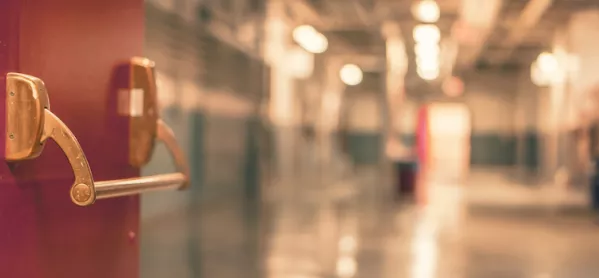When children make their transition to secondary, not only do they move from the smaller, more family-oriented, more inclusive primary environment, but they are expected to take on a new kind of independence, one that doesn’t involve knowing where the equipment is kept in the classroom, but where, like snails, they must have everything they need with them.
For children with SEND, this, along with moving between classes, can be a real challenge, but there are strategies we can employ to help to make transition as smooth as possible.
1. Preparation
Both for the student and the teacher, being prepared for what is to come is a key element of managing change. We can help new Year 7s by making sure they know where they need to be and at what time - this might involve walking them through the new routine with a TA, it might mean a symbolled-up timetable or large print map.
2. Foundations
All children are experts at getting in a muddle, but some more so than others. It might mean that you give them extra time to sort themselves out at the end of your lesson in the early days, to make sure that they have found all of their things (children are also experts at dropping things and scattering them over an incredibly wide area) - take a leaf out of the Reception teacher’s guide to getting pupils changed for PE. Time spent setting up routines? Time well spent.
3. Back up
All children have disasters. Regularly. If you know that you have a child coming into your class who is going to need a bit of extra help, particularly with organisation, have some equipment in your room as a back-up just for them. You could even contact their parents to let them know ahead of time that this is the plan.
4. Layout
The most obvious things to consider are physical disabilities (think hearing or vision), but also bear in mind sensory needs. Some classrooms are a nightmare - all those mulitcoloured displays, labels and things hanging from the ceiling can cause real problems. Think about your seating plans; you may well have a child coming who needs to be able to leave the room quickly.
And finally, if you have a child coming to you with a statement or EHCP, whatever you do, read it. You will be bound by it, after all: every teacher is a teacher of special needs.
Nancy Gedge is a teacher at Widden Primary School in Gloucester and tweets at @nancygedge




